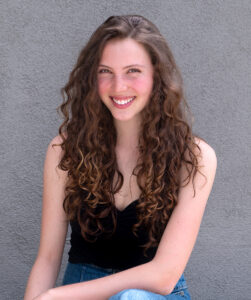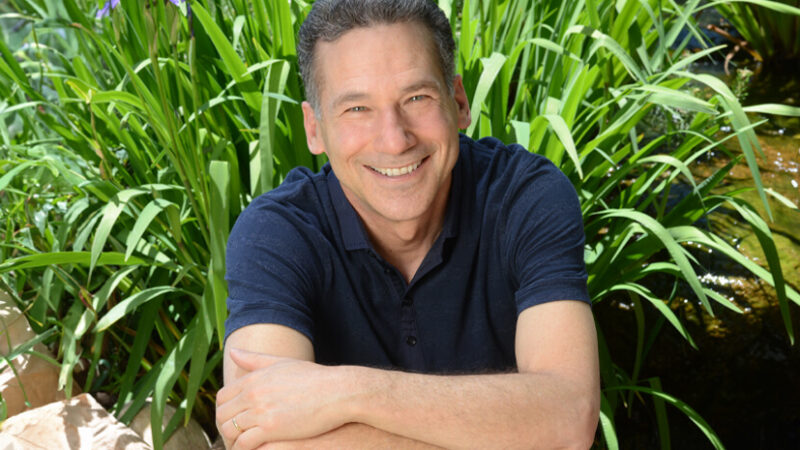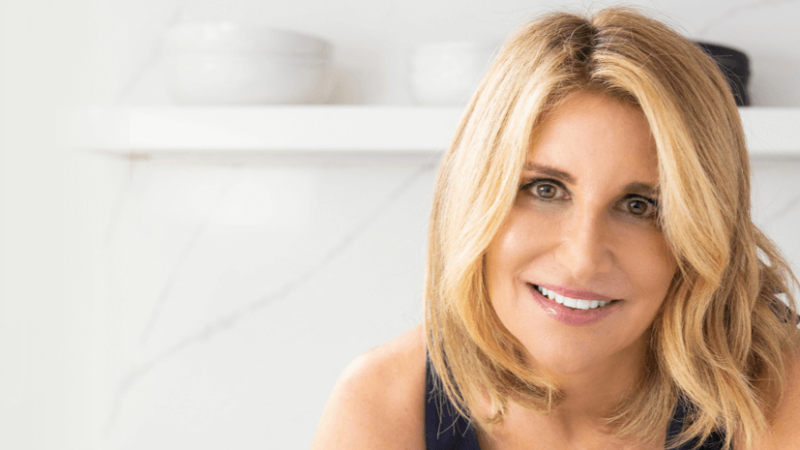Rick Doblin: The Psychedelic Renaissance
Rick Doblin, PhD, is a Harvard-trained researcher and the founder of MAPS—the Multidisciplinary Association for Psychedelic Studies. Rick and MAPS work to develop a legal framework for the application of psychedelic drugs both as medication and for personal psychological growth. In this episode of Insights at the Edge, Tami Simon speaks with Rick about the current clinical research surrounding the use of MDMA to treat post-traumatic stress disorder, as well as many other possibilities for other psychedelic-assisted therapies. They talk about the current “psychedelic renaissance” in therapeutic treatment, reflecting on some of the risks of such drug-assisted regimens and the need for careful integration of psychedelic experiences. With this in mind, Tami and Rick discuss his relationship with the Zendo Project, a department of MAPS devoted to helping individuals who are having emotionally challenging psychedelic experiences at festivals and events. Finally, Rick explains his own lifelong relationship with psychedelic drugs, including his hopes for future treatments and a national “coming out party” of prominent individuals who can attest to the difference psychedelics have made in their lives. (73 minutes)



 Sadie Radinsky
Sadie Radinsky


